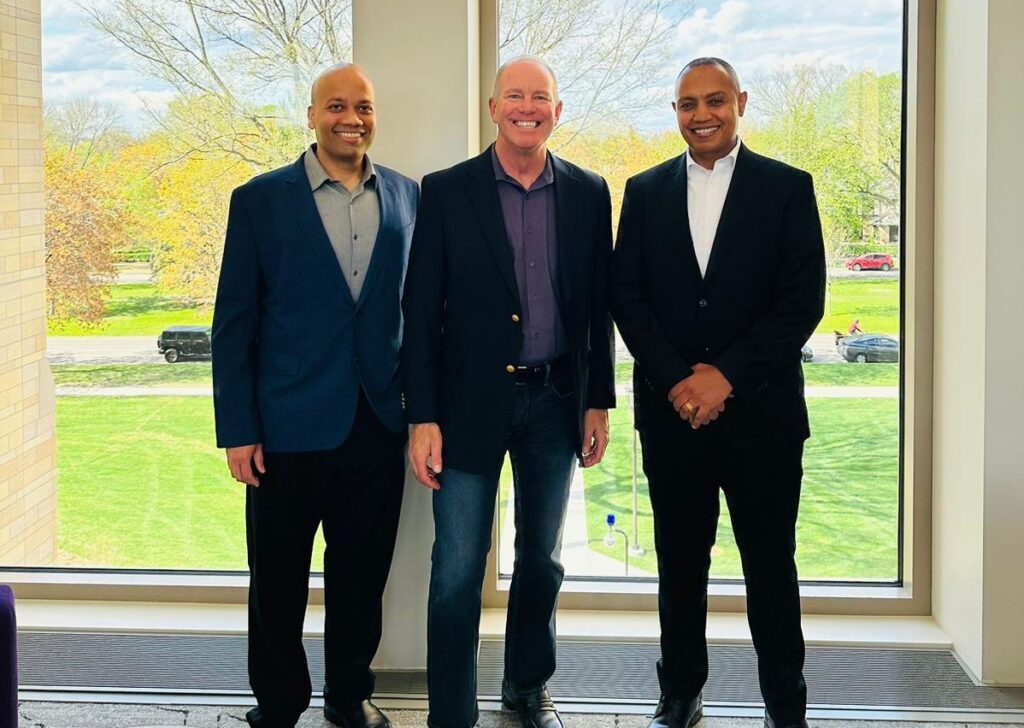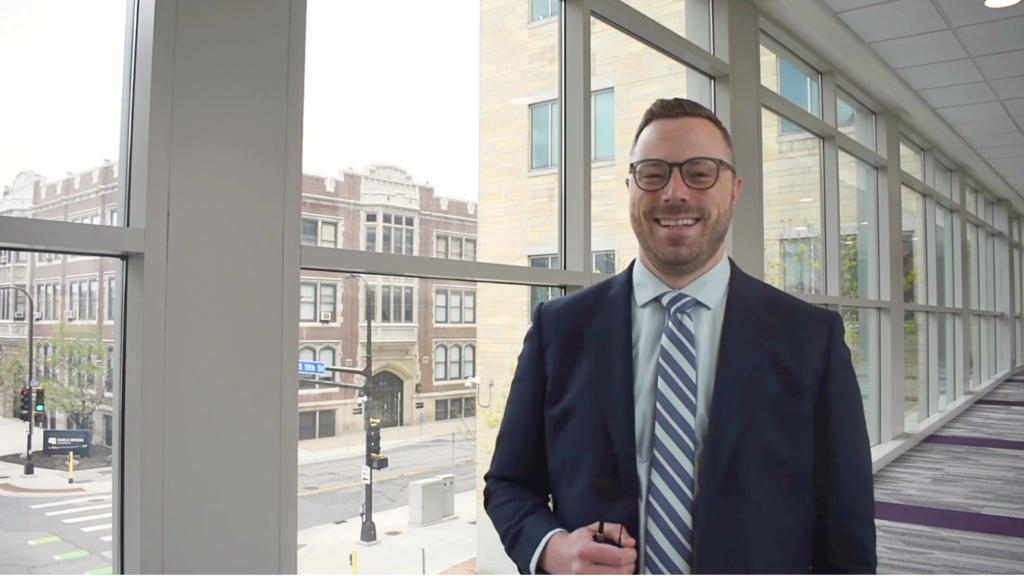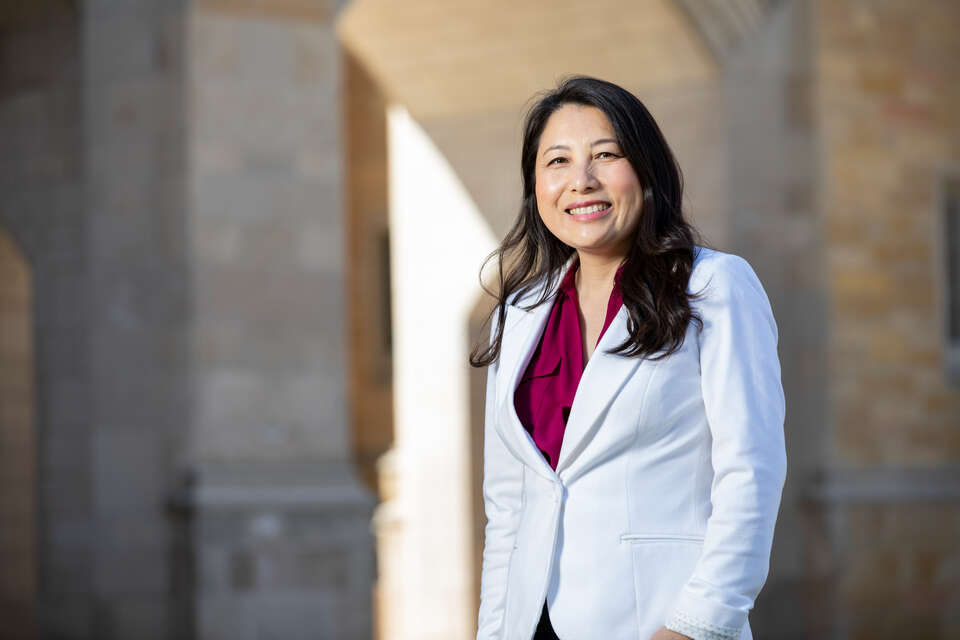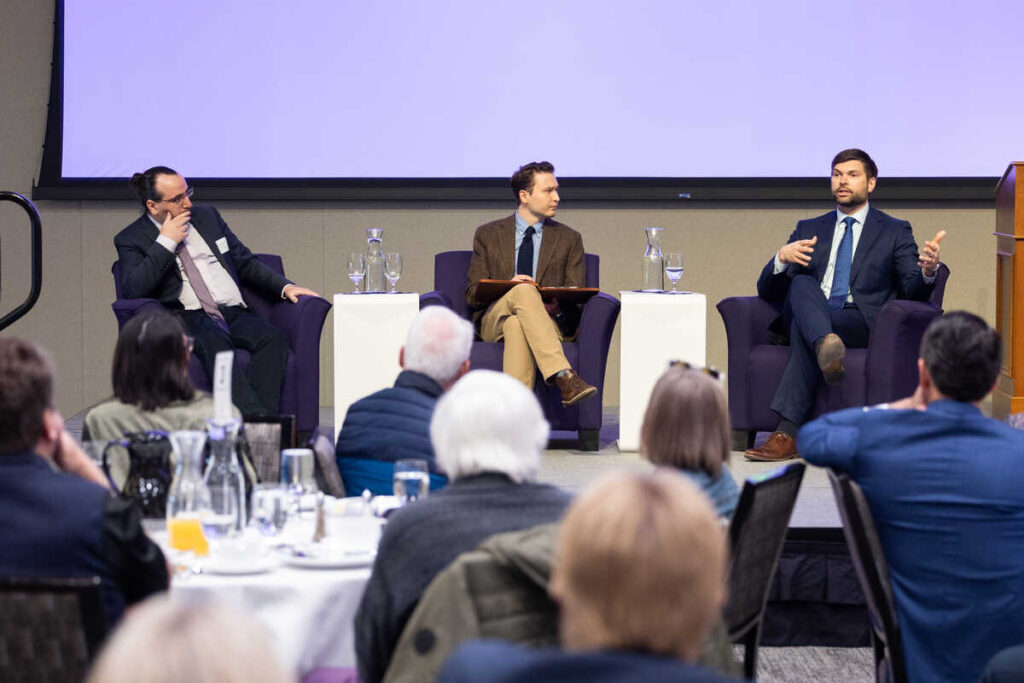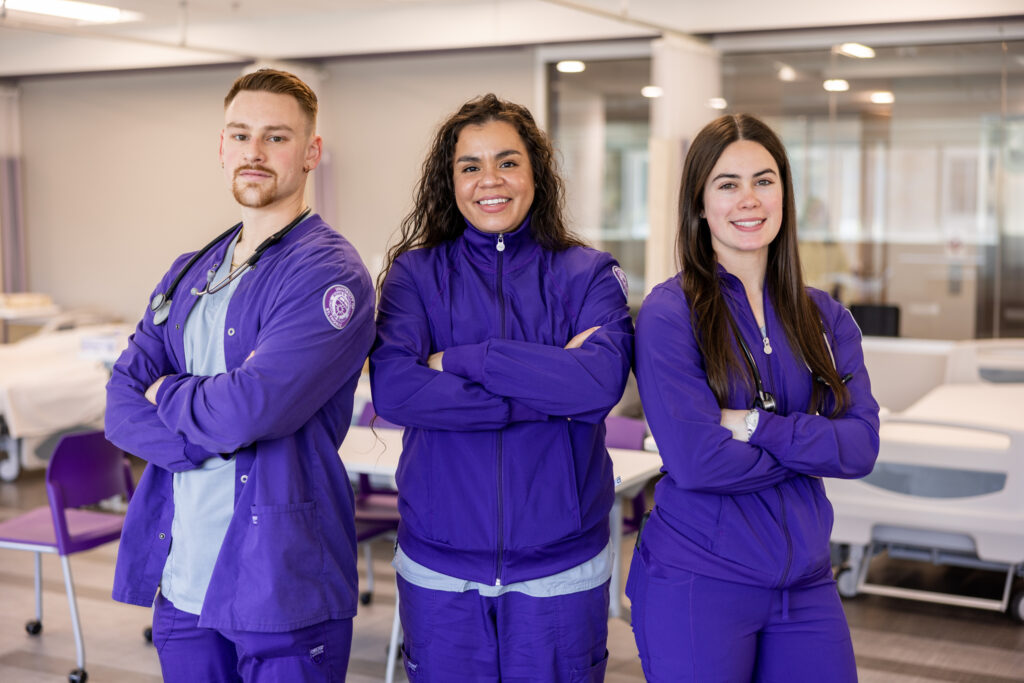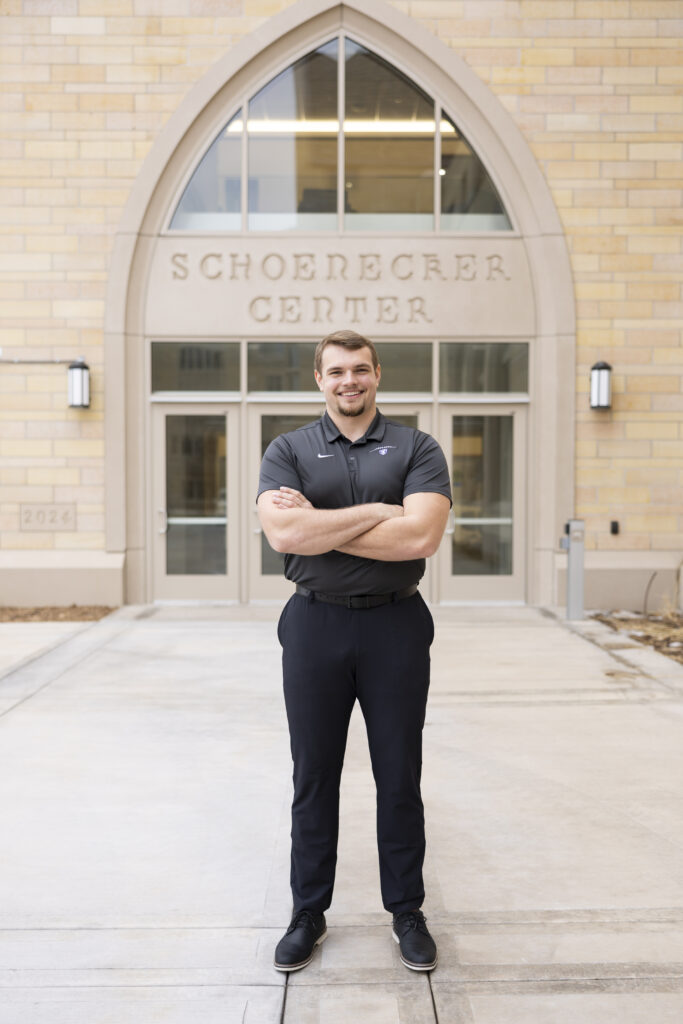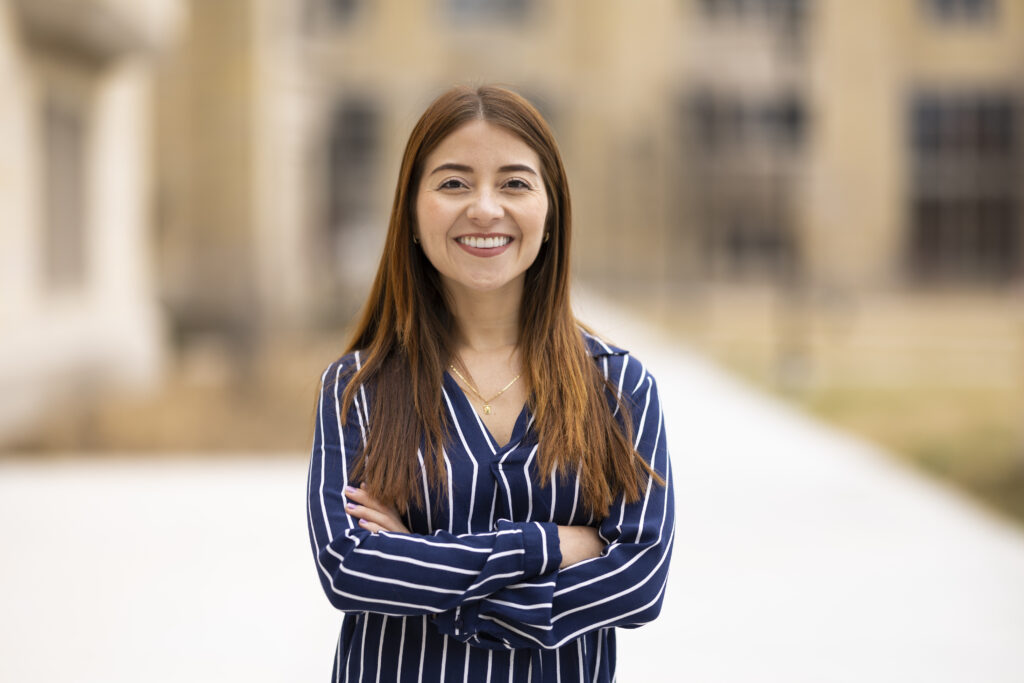Dr. Sanjeev Bordoloi, Operations and Supply Chain Management Department, Opus College of Busines, co-presented a paper titled "Resource Optimization in Healthcare,” with Dr. David Fischer of TRIA Orthopaedic Center, at the annual conference of Production and Operations Management Society, held April 20 to 24 in Chicago.
James Rogers, Center for Irish Studies, is the author of an article, “Someone Watching Your Back: Guardian Angels in Michael Patrick MacDonald’s All Souls” published in the spring 2012 issue of American Catholic Studies, the journal of the American Catholic Historical Society published by Villanova University. The article considers various forms in which the trope of the guardian appears in MacDonald’s 1996 memoir of the South Boston busing crisis. All Souls was the UST English Department’s common text in 2009. The article may be viewed here.
Dr. John Wendt, Ethics and Business Law, Opus College of Business, and Dr. Peter Young, 3M Endowed Chair in International Business, presented “Reputational Risk and Social Media” at the University of Mississippi School of Law inaugural sports law symposium. Their article also was accepted for publication in the Mississippi Sports Law Review. Wendt recently presented “Legal Aspects of Drugs and the IOC” at the Fairview 2012 Current Concepts in Sports Medicine: The World of Sports Medicine: The Olympic Athlete.
Two months ago, art history graduate students Rachel Simmons, Natalie Andron McMonagle, Carin Jorgensen and Sara Church-Benish put the finishing touches on the labels and object installations for the inaugural exhibition of Asmat art in the new Anderson Student Center. On May 1, museum professionals from throughout the nation and the world will have the opportunity to visit The Gallery and learn how a formal space dedicated to art forms from a remote culture can function within an academic setting and specifically in a student union. This opportunity is part of the programming for the national American Association of Museum’s annual meeting, which will be held at the Minneapolis Convention Center. The American Museum of Asmat Art at the University of St. Thomas is one of 14 entities participating in the On-Site Insights program for the event. This year’s meeting theme is Creative Community, a topic that suits the Asmat exhibition space particularly well. Andron McMonagle, curator of the inaugural exhibition “Deconstructing Eden: Asmat Identity Rediscovered” will meet with museum professionals during the program. Her exhibition developed out of a graduate seminar Dr. Julie Risser, Art History Department, College of Arts and Sciences, taught last year. The show explores how carvings and weavings by Asmat artists as well as photographs and videos created by outsiders shape the way Asmat culture is viewed.
Students and faculty from the Chemistry Department, College of Arts and Sciences, presented their research at the 243rd American Chemical Society National Meeting and Exposition, held March 25 to 29, in San Diego, Calif. Student presenters their projects, and their research advisers were:
- James Byrnes, “Effects of ozonation on the antibacterial activity of the macrolide roxithromycin” (student of Dr. Kristine Wammer)
- Nicholas Serratore, “Synthesis and characterization of novel isoluminol derivatives” and Gabriella Perell, “Mild reduction of amides to amines” (students of Dr. J. Thomas Ippoliti)
- Amy Howard, “Solid-state studies of some strictly isosteric organic molecules” (student of Dr. William Ojala)
- Michael Slitts, “Microwave synthesis of a family of triazole-based N-heterocyclic carbene precursors” (student of Dr. Marites Guino-o)
- Amber Schoenecker, “Interaction of Tat peptide and cell-surface glycosaminoglycans to aid understanding of drug delivery,” and Kristin Braden and Jenny Sisombath, “Preparation of model membranes to study the interaction between cell-penetrating compounds and proteoglycans” (students of Dr. Lisa Prevette)
- Logan McDermott “Improving the synthesis of 10b-aza-10c-borapyrene,” and Theresa Yocum, “Progress toward an azaborine-containing pinwheel polycyclic aromatic hydrocarbon analog” (students of Dr. Eric Fort).
Faculty presenting talks and posters were Ippoliti (with UST student co-authors Perell and Thomas Gentle), “Novel method for reduction of amides”; Guino-o (with co-authors Dr. Anthony Fernandez of Merrimack College and Dr. Diane Nutbrown of the University of Wisconsin-Madison), “Computations enhance undergraduate Trans Effect lab: Characterizing cis- and trans-[Pt(NH3)2Cl2]”; and Prevette (with UST student co-author Schoenecker), “Quantifying the interaction of Tat peptide and cell-surface glycosaminoglycans.”
On April 28, the University of St. Thomas Geography Department, College of Arts and Sciences, hosted the eighth annual Minnesota Undergraduate Geography Symposium. There were 50 participants from four Midwest colleges that have geography programs, as well as senior high school students from The Breck School in Minneapolis. Nine UST geography students presented the following original research to their colleagues:
- Alexander Boie, “Dynamic Campus: Analyzing the Parking Availability at the University of St. Thomas” and “German Geopolitik: The Evolution and Application of Geopolitical Theory in Europe Before 1945”
- Natasha Fuentes, “Internal Migration in Latin America: A Perspective on the Female Migrant”
- Phil Gebauer, “Geography in Education: The Role of Technology in K-8 Geography Classrooms”
- Lisa Grundtner, “Crime and Place: The Historical Development of Geographic Criminology”
- Jay Kidd, “Medical Geographical Perspectives on HIV/AIDS”
- Chia Lee, “Healthcare Accessibility in the Twin Cities Metropolitan Area Hmong Community” and “The Use of Geographic Information System Applications in the Field of Public Health”
- Annie L'Heureux, “A History of Geographic Perspectives on the Relationship Between Humans and the Environment: From Environmental Determinism to Humanistic Approaches”
- Joseph Mueller, “Pirates of the Arabian: On the Patterns, Origins and Solutions of Somali Piracy” and “Geographic Perspectives on Detroit: How Geographers Study a Place
- Julie Rech: Examining the Use and Application of Geographic Information Systems (GIS) in Natural Hazard Management”
